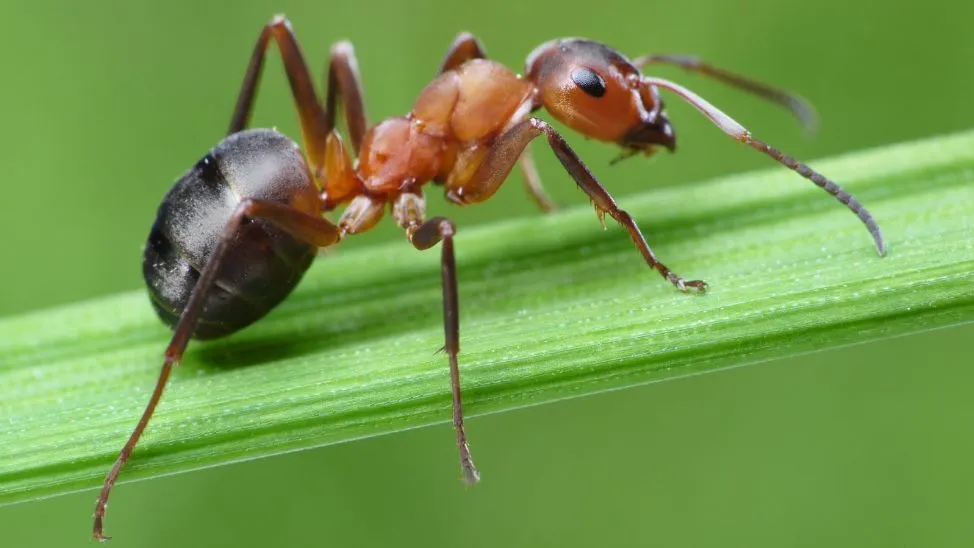prekforalldc.org – Ants. These seemingly insignificant creatures, often overlooked in our daily lives, are truly remarkable organisms. They are the epitome of social insects, exhibiting complex behaviors and sophisticated societies that rival human civilizations in many ways. This article will delve into the fascinating world of ants, exploring their social structure, incredible abilities, and their significant ecological impact.
Social Structure: A Miniature Metropolis
Ant colonies are miniature metropolises, teeming with specialized individuals performing specific roles. At the heart of every colony lies the queen, the sole egg-laying female. Her primary function is to reproduce and ensure the colony’s survival.
- Workers: The vast majority of the colony consists of female worker ants. These tireless individuals are responsible for foraging, nest building, caring for the brood, and defending the colony.
- Soldiers: In some species, larger, more robust ants known as soldiers specialize in defense. They possess powerful mandibles and are equipped to fend off predators and rival colonies.
- Males: Male ants, often winged, have a single purpose: to mate with queens from other colonies. After mating, they typically die.
Communication and Coordination
Despite their small size, ants possess sophisticated communication systems.
- Pheromones: Chemical signals called pheromones play a crucial role in ant communication. They are used to mark trails to food sources, alert nestmates to danger, and even attract mates.
- Tactile Communication: Ants also communicate through touch, exchanging information by antennating each other.
This intricate communication network allows ants to coordinate their activities with remarkable precision, enabling them to collectively achieve feats that would be impossible for individual ants.
Incredible Abilities
Ants possess a remarkable array of abilities that have fascinated scientists for centuries.
- Strength: Ants are incredibly strong for their size. They can lift and carry objects many times their own weight, a feat that would be impossible for humans to replicate.
- Navigation: Ants have an uncanny ability to navigate complex environments. They can find their way back to the nest even after traveling long distances, utilizing a combination of visual cues, pheromone trails, and even the Earth’s magnetic field.
- Agriculture: Some ant species cultivate fungi for food, meticulously tending to their fungal gardens.
Ecological Impact
Ants play a vital role in many ecosystems.
- Soil Aeration: Their constant digging and tunneling aerates the soil, improving its fertility and promoting plant growth.
- Seed Dispersal: Ants often collect seeds, some of which they consume, while others are inadvertently dispersed when they are carried back to the nest.
- Pest Control: Ants prey on a wide range of insects, including many that are considered agricultural pests.
Threats and Conservation
Despite their resilience, ant populations face various threats.
- Habitat Loss: The destruction of natural habitats due to human activities is a significant threat to many ant species.
- Pesticides: The widespread use of pesticides can have devastating effects on ant colonies.
- Climate Change: Climate change is altering the distribution and behavior of many ant species.
Conservation efforts are crucial to protect these vital members of our ecosystems.
Conclusion
From their intricate social structures to their remarkable abilities, ants are a testament to the wonders of the natural world. They are a reminder that even the smallest creatures can have a profound impact on the planet. By understanding and appreciating these fascinating insects, we can gain a deeper appreciation for the interconnectedness of all life.
